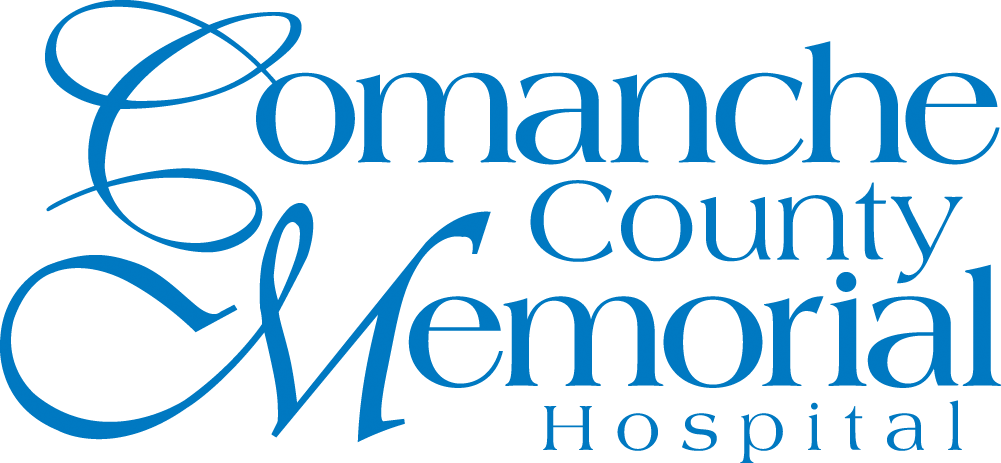January 22-27 is National Drug and Alcohol Facts Week. During this week, we encourage all adults to take a few minutes and educate themselves on a few facts about drug usage in children and teens. You never know if you may have the opportunity to apply this knowledge and save a life whether it is the life of your own child, a student, neighbor or child you mentor.
When are youth at the highest risk of using drugs and alcohol?
Research shows that the time of highest risk for beginning drug consumption during youth is during times of transition. 1 The first major transition in a child’s life is entering school. Studies also show that the earlier you begin discussing the dangers of drugs with children, the more likely you are to be successful and preventing drug usage. On the other hand, the younger a child tries drugs, the more likely he or she is to develop a problem. 2
As children advance to middle school and then high school, they are confronted with more and more challenges and social pressure. They are more likely to be offered illegal substances as they get older.
The risk of drug consumptions continues to grow as youth leave home after high school.
How should I talk to my kids about drugs and alcohol?
Keep in mind that is is never too early to begin talking to your children about the dangers of drugs and alcohol.
In early elementary school, drug usage often begin with huffing or sniffing household or school items such as markers and glue. Discuss why it is important to use items only as they are intended with your children. Teach them to report these unusual behaviors to you or their teachers. Read books to them about the dangers of drugs and offer to volunteer to find programs for their school if there is not a drug prevention program offered.
In fact, volunteering when you can at school activities will give you a chance to get to know your child’s peers and be more aware of any concerning behaviors.
As children progress through elementary school and into middle school, teach them how to identify drugs and that many drugs look like candies. Walk them through different scenarios they may encounter and practice how to say no with them.
Open, ongoing conversation as your child grows is so important. Ask specific questions about how he or she is coping through times of stress.
What warning signs should I be aware of?
Many behaviors may indicate that a child is consuming drugs and alcohol. Some of these are:
Not telling you where they’re going or when they’re coming home
Disappearance of valuable items or money from your home
Verbal or physical abusive
Decreased memory and attention span
Mood swings
Decreased interest in school work, personal hygiene, hobbies, family activities and friends
Spending a lot of time in their room
Overreacting to criticism, acting rebellious
Being negative, argumentative, paranoid or confused
How can I get help for my child’s drug problem?
If your child has a drug or alcohol problem, dealing with all the emotions can be difficult. You may feel overwhelmed and not know where to turn for help.
Many services exist within our community to provide assistance to you and your child. You can always reach out to your doctor for recommendations. Another way to discover these services is by calling or visiting the website for the Substance Abuse and Mental Health Services Administration. You can reach them at 1-800-662-HELP (4357).
Sometimes the best of kids slip up. It is natural to feel upset in this situation. Remember to not blame yourself or focus on your disappointment or anger if you discover your child has a problem. Focus on providing him or her with the help that is needed so he or she can go on to live a successful life.
Sources
1 National Institute on Drug Abuse. What are the highest risk periods for drug abuse among youth? Oct. 2003.
2 Addiction Center. Teen Drug Abuse. 19 Nov. 2018.
Disclaimer
The Comanche County Memorial Hospital website does not provide specific medical advice for individual cases. Comanche County Memorial Hospital does not endorse any medical or professional services obtained through information provided on this site, articles on the site or any links on this site.
Use of the information obtained by the Comanche County Memorial Hospital website does not replace medical advice given by a qualified medical provider to meet the medical needs of our readers or others.
While content is frequently updated, medical information changes quickly. Information may be out of date, and/or contain inaccuracies or typographical errors. For questions or concerns, please contact us at contact@ccmhhealth.com.

